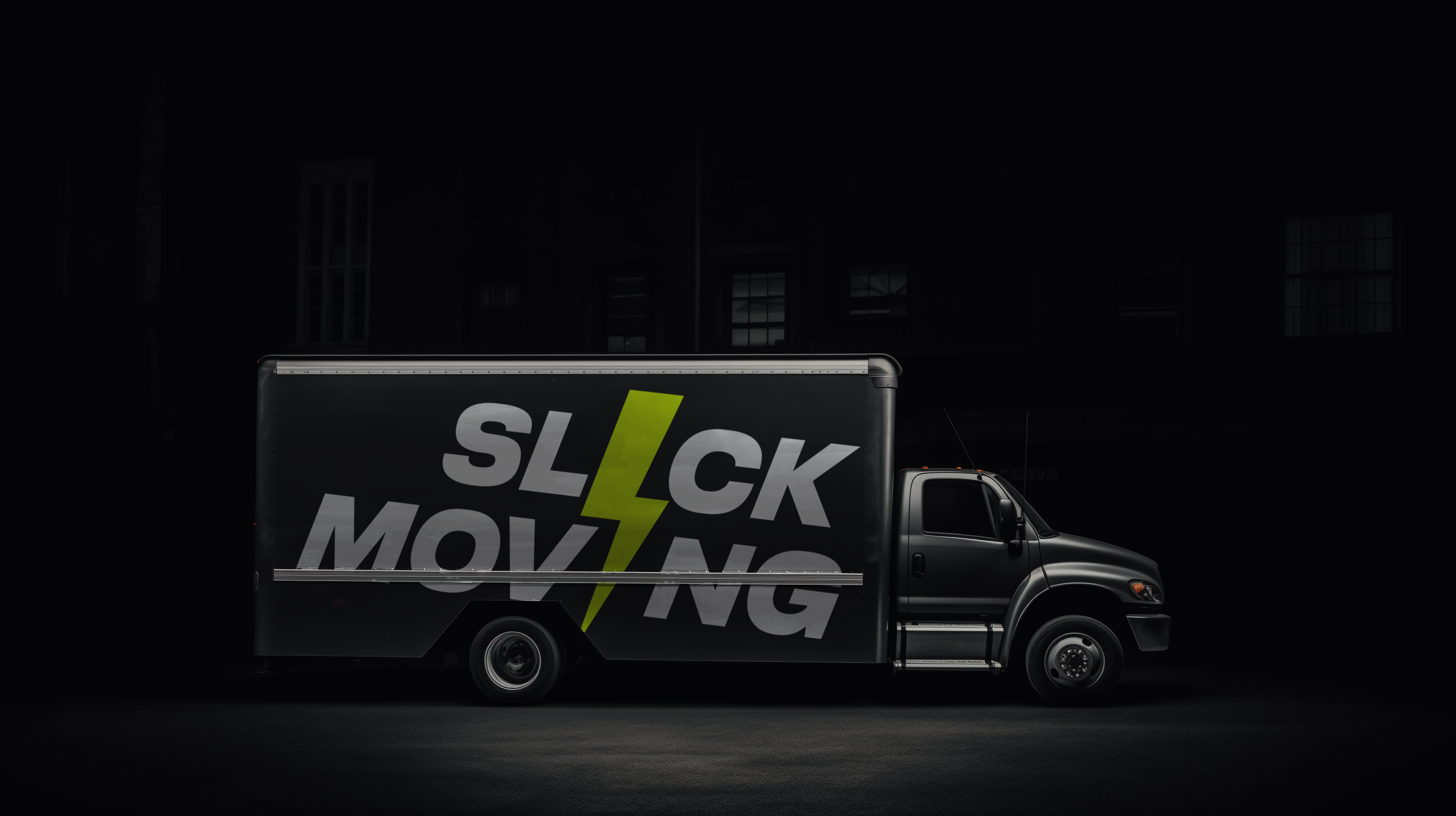Moving and storing office furniture can be a daunting task, but with proper planning and execution, it can be done efficiently and safely. Whether you are relocating to a new office or need temporary storage for renovations, this guide will provide you with essential tips on how to move and store office furniture effectively, especially with the help of commercial movers in NYC.
Planning Your Move
Assess Your Furniture: Begin by taking an inventory of all office furniture. This includes desks, chairs, filing cabinets, conference tables, and storage units. Identify any items that need special handling, such as fragile or oversized pieces.
Create a Timeline: Establish a timeline for the move. This should include deadlines for packing, transporting, and setting up furniture in the new location. Having a clear schedule helps avoid last-minute rushes and ensures a smooth transition.

Hire Professional Movers: Consider hiring commercial movers in NYC who specialize in office relocations. They have the expertise and equipment to handle heavy and bulky items safely. Obtain quotes from multiple companies and choose one that offers the best combination of service and price.
Packing Tips
Disassemble Large Furniture: Whenever possible, disassemble large pieces of furniture. This makes them easier to transport and reduces the risk of damage. Keep all screws, bolts, and small parts in labeled bags to ensure easy reassembly.
Protect Fragile Items: Use bubble wrap, furniture blankets, and packing paper to protect fragile items. Wrap glass surfaces, such as tabletops and cabinet doors, thoroughly to prevent breakage.
Label Everything: Clearly label each piece of furniture and its corresponding parts. This will make it easier to organize and set up in the new location. Use color-coded labels or a numbering system to keep track of everything.
Moving Day
Prepare the Space: Before the movers arrive, ensure that both the current and new office spaces are ready. This includes clearing pathways, reserving elevators, and ensuring parking access for the moving truck.
Supervise the Move: Assign a team member to oversee the move. This person should be responsible for coordinating with the movers, answering questions, and ensuring that everything is handled properly.
Use Proper Equipment: Ensure that the movers use proper equipment, such as dollies, hand trucks, and furniture sliders. This will help prevent injuries and damage to the furniture.
Storing Office Furniture
Choose the Right Storage Facility: If you need to store office furniture, select a storage facility that offers climate control, security, and easy access. Climate control is especially important for wooden and upholstered furniture to prevent damage from temperature and humidity fluctuations.
Prepare Furniture for Storage: Clean all furniture thoroughly before storing it. This helps prevent mold, mildew, and pests. Disassemble large pieces and wrap them in protective materials. Use pallets or shelves to keep furniture off the ground, reducing the risk of water damage.
Organize the Storage Unit: Arrange the storage unit in a way that allows easy access to frequently needed items. Place larger, less-used pieces at the back and smaller, more frequently needed items at the front. Keep an inventory of stored items to make retrieval easier.
Reassembling and Setting Up
Plan the Layout: Before moving furniture into the new office, plan the layout. Consider the workflow and ergonomics to create a functional and comfortable workspace. Use the labels and inventory list to ensure everything goes to its designated spot.
Reassemble with Care: Reassemble furniture carefully, following the labeled instructions. Take your time to ensure that each piece is put together correctly and securely.
Final Touches: Once all the furniture is in place, add the final touches. This includes arranging office supplies, setting up computers and other equipment, and making sure everything is clean and organized.
Conclusion
Moving and storing office furniture doesn’t have to be stressful. By planning ahead, using the right packing materials, and choosing reliable commercial movers in NYC and storage facilities, you can ensure a smooth and efficient transition. Proper preparation and organization are key to minimizing downtime and getting your office back to business as usual.

